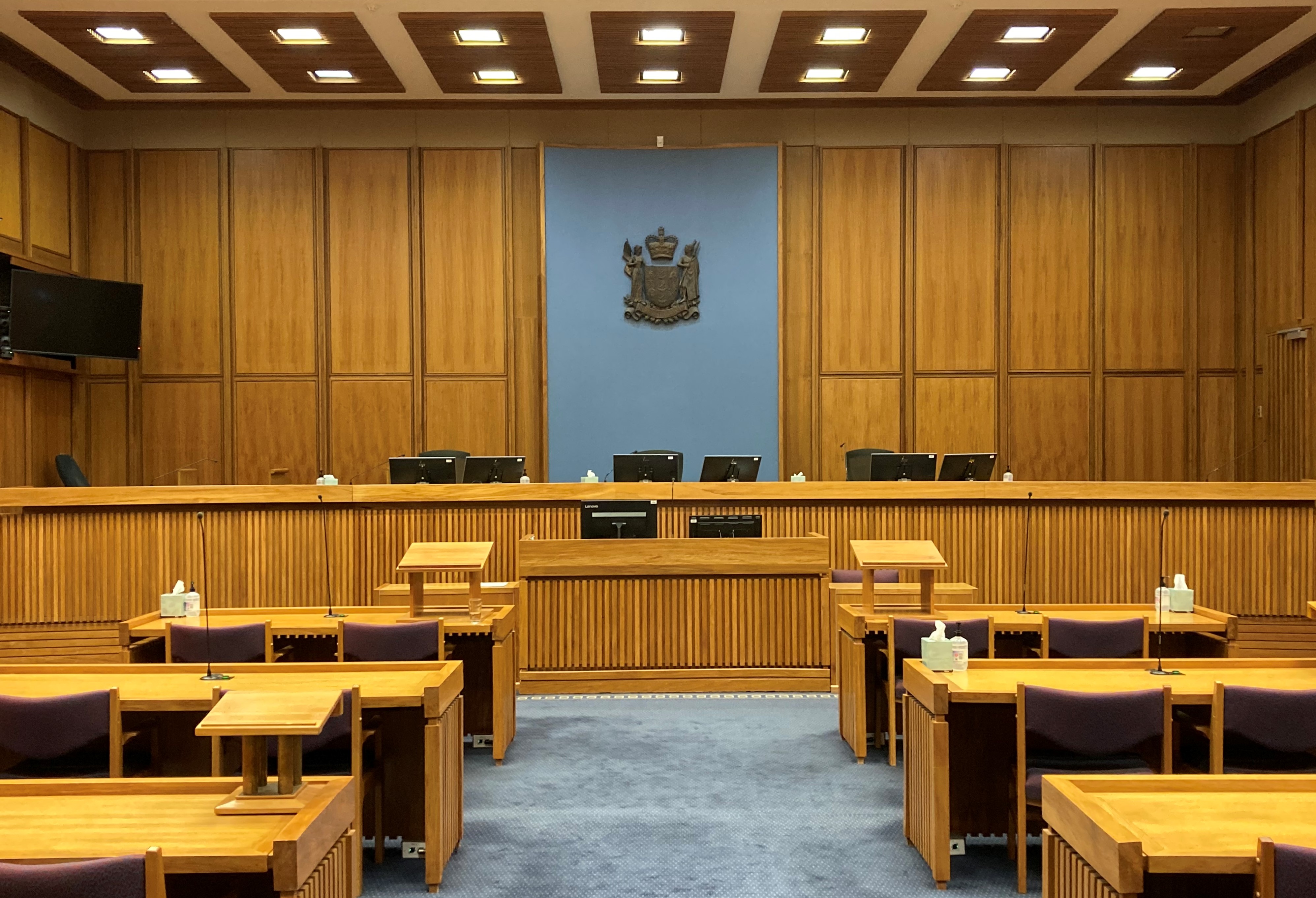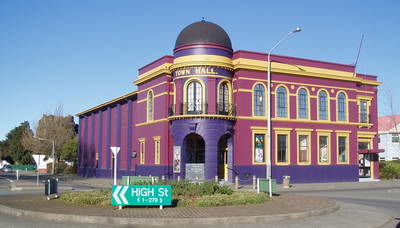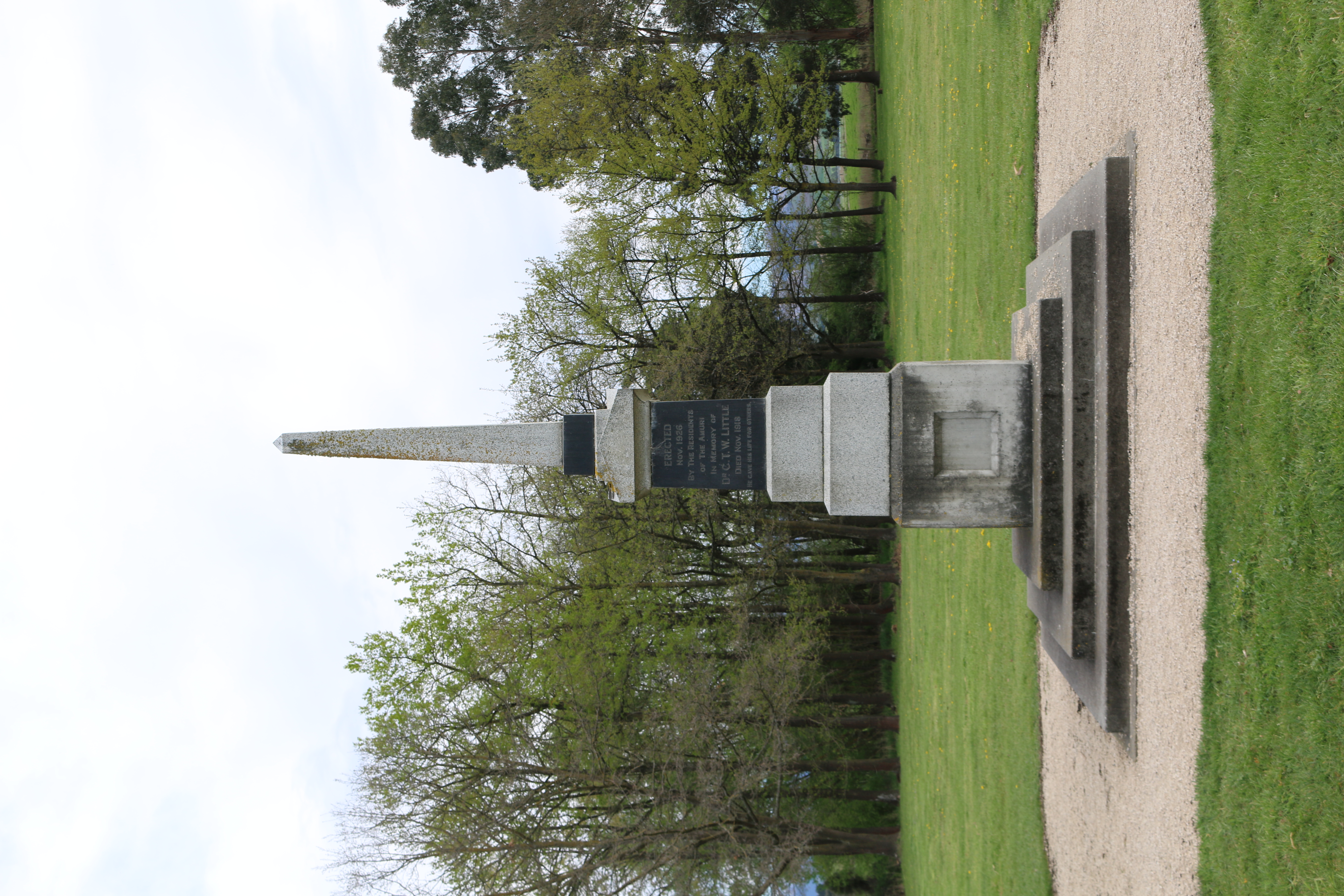|
R V Wanhalla
''R v Wanhalla'' was a case in the Court of Appeal of New Zealand concerning how a judge should direct a jury in a criminal case as to interpretation of the standard of proof, beyond reasonable doubt. Australian jurist Brian Martin has described the judgments in the "decision as particularly helpful. They contain reviews of research, practices in other jurisdictions and primary issues in the debate." Background J. Wanhalla and R. Court were tried, along with three others, in the Christchurch District Court before a judge and jury on an indictment alleging one count of aggravated burglary and three counts of injuring with intent to cause grievous bodily harm. The Crown alleged that on 30 July 2004 three carloads of people drove from Rangiora to Culverden in order to exact retribution for an incident involving Wanhalla's sister. Armed (with cricket wickets, metal pipe and bottles) and disguised, Wanhalla and his associates entered the victims' house and inflicted "significant in ... [...More Info...] [...Related Items...] OR: [Wikipedia] [Google] [Baidu] |
Court Of Appeal Of New Zealand
The Court of Appeal of New Zealand is the principal intermediate appellate court of New Zealand. It is also the final appellate court for a number of matters. In practice, most appeals are resolved at this intermediate appellate level, rather than in the Supreme Court. The Court of Appeal has existed as a separate court since 1862 but, until 1957, it was composed of judges of the High Court sitting periodically in panels. In 1957 the Court of Appeal was reconstituted as a permanent court separate from the High Court. It is located in Wellington. The Court and its work The President and nine other permanent appellate judges constitute the full-time working membership of the Court of Appeal. The court sits in panels of five judges and three judges, depending on the nature and wider significance of the particular case. A considerable number of three-judge cases are heard by Divisional Courts consisting of one permanent Court of Appeal judge and two High Court judges second ... [...More Info...] [...Related Items...] OR: [Wikipedia] [Google] [Baidu] |
William Young (judge)
Sir William Gillow Gibbes Austen Young (born 14 April 1952) was a Supreme Court Judge, former President of the Court of Appeal of New Zealand, and, briefly, a judge of the Dubai International Financial Centre Courts. He was appointed to the Supreme Court by Attorney-General Chris Finlayson in June 2010, taking effect from 1 July. Early life, family, and early career Born in Christchurch on 14 April 1952, Young was educated at Christ's College, University of Canterbury (LLB (Hons) in 1974) and University of Cambridge (PhD) in the United Kingdom with a thesis ''Duress and abuse of inequality of bargaining position''. In 1979, he and his wife, Susan, were married, and they went on to have three children. After obtaining his PhD, Young worked in the Christchurch law firm R A Young Hunter & Co, before moving to the independent bar to become a barrister sole in 1988. Young was made a Queen's Counsel in 1991 and acted in several high-profile cases, including the Winebox Inquiry ... [...More Info...] [...Related Items...] OR: [Wikipedia] [Google] [Baidu] |
Susan Glazebrook
Dame Susan Gwynfa Mary Glazebrook (born 8 February 1956) is a judge of the Supreme Court of New Zealand. Early life, family and education Born in Bowdon, Cheshire, England, on 8 February 1956, Glazebrook emigrated to New Zealand with her family in 1962, and she became a naturalised New Zealand citizen in 1978. She was educated at Tauranga Girls' College, before going on to study at the University of Auckland, where she gained a Bachelor of Arts in 1975, a Master of Arts with first-class honours in history in 1978, and an LLB(Hons) in 1980. She later completed a DipBus (Finance) at the same institution in 1994. In 1988, Glazebrook obtained a DPhil from the University of Oxford in French legal history; her doctoral thesis was titled ''Justice in transition: crime, criminals and criminal justice in revolutionary Rouen, 1790–1800''. In 1992, Glazebrook married former New Zealand rugby union representative Greg Kane, and the couple went on to have two children together. Care ... [...More Info...] [...Related Items...] OR: [Wikipedia] [Google] [Baidu] |
Grant Hammond
Sir Robert Grant Hammond (14 May 1944 – 31 May 2019) was a New Zealand jurist and law professor. He was a judge of the New Zealand Court of Appeal during which time he was also president of the New Zealand Law Commission and chair of the Legislation Advisory Committee to Parliament. He published a wide range of books and legal texts and was one of the top law reform experts in the Commonwealth. Early life Born in Waipawa on 14 May 1944, Hammond grew up on a dairy farm near Te Awamutu, and was educated at Te Awamutu College where he was head boy in 1962. In 1962–63, he was an AFS exchange scholar at Wethersfield High School in Kewanee, Illinois. Legal career Before his appointment to the judiciary, Hammond was made a partner in New Zealand law firm Tompkins Wake & Co in his early twenties. He was also a professor of law at a number of American, Canadian and New Zealand universities, as well as serving as the chairman of a Canadian law reform agency and as director of The ... [...More Info...] [...Related Items...] OR: [Wikipedia] [Google] [Baidu] |
Robert Chambers (New Zealand Judge)
Sir Robert Stanley Chambers (23 August 1953 – 21 May 2013) was a judge of the Supreme Court of New Zealand. Biography After an education at King's College, Chambers attended the University of Auckland and graduated in 1975 with an LLB (Hons). He was awarded Junior and Senior Scholarships in Law, the AG Davis Scholarship and the Sir Alexander Johnston Scholarship. Chambers became a clerk to Judges of the Supreme Court (now High Court) before attending Oxford University having been awarded Commonwealth and New Zealand Law Society Scholarships. At Oxford he was Salvesen Fellow at New College, gained High Honours and was awarded his DPhil in 1978. Chambers returned to New Zealand and lectured in law at the University of Auckland and worked as a lawyer for the firm Wilson Henry Martin & Co. He commenced practice as a barrister sole in 1981 and was appointed Queen's Counsel in 1992 — one of the few to be appointed under the age of 40. He was a founding member of the Arbitra ... [...More Info...] [...Related Items...] OR: [Wikipedia] [Google] [Baidu] |
Bruce Robertson (judge)
Sir James Bruce Robertson (born 15 February 1944), generally known as Bruce Robertson, is a retired judge of the Court of Appeal of New Zealand, where he was appointed in May 2005. Early life and family Born in Dunedin on 15 February 1944, Robertson was educated at Wakari School and Otago Boys' High School. He is a graduate of the University of Otago and the University of Virginia. He holds an honorary LLD from the University of Otago.Robertson, B., Finn, J. (2009) ''Adams on Criminal Law 2009 Student Edition''. Brookers Ltd. In 1969, Robertson married Lindsay Joyce Radford, and the couple went on to have three children. Legal career Before becoming a High Court judge in 1987, Robertson was a partner in the law firm Ross, Dowling, Marquet and Griffin. One of his earliest appointments after his appointment to the High Court was to chair the Search and Search Warrants Committee, which published its final report in 1988. From 2001 until his appointment as a member of the Court of ... [...More Info...] [...Related Items...] OR: [Wikipedia] [Google] [Baidu] |
Beyond Reasonable Doubt
Beyond a reasonable doubt is a legal standard of proof required to validate a criminal conviction in most adversarial legal systems. It is a higher standard of proof than the balance of probabilities standard commonly used in civil cases, because the stakes are much higher in a criminal case: a person found guilty can be deprived of liberty, or in extreme cases, life, as well as suffering the collateral consequences and social stigma attached to a conviction. The prosecution is tasked with providing evidence that establishes guilt beyond a reasonable doubt in order to get a conviction; failure to do so entitles the accused to an acquittal. This standard of proof is widely accepted in many criminal justice systems, and its origin can be traced to Blackstone's ratio, "It is better that ten guilty persons escape than that one innocent suffer." In practice Because a defendant is presumed to be innocent, the prosecution has the burden of proving the defendant's guilt on every ... [...More Info...] [...Related Items...] OR: [Wikipedia] [Google] [Baidu] |
Brian Ross Martin
Brian Ross Martin (born 2 September 1947) is an Australian jurist. He was a judge of the Supreme Court of South Australia before being appointed Chief Justice of the Supreme Court of the Northern Territory in 2004. He served in the Northern Territory between 2004 and 2010. He served as an acting Judge of the Supreme Court of Western Australia in 2012. In legal texts, he is referred to as "Martin (BR) CJ" to avoid confusion with his predecessor. Education Martin was born in Adelaide and was educated at the Oakbank Area School and the Adelaide High School before studying at the University of Adelaide. Legal career Brian Ross Martin was admitted to practise law in 1970, becoming an assistant Crown Prosecutor in Adelaide in 1974 and eventually the Senior Crown Prosecutor in 1982. He was appointed as a Queen's Counsel (QC) in 1984 and in 1991 was appointed Senior Counsel assisting the Royal Commission into WA Inc. Martin was appointed as the Commonwealth Director of Public P ... [...More Info...] [...Related Items...] OR: [Wikipedia] [Google] [Baidu] |
Christchurch
Christchurch ( ; mi, Ōtautahi) is the largest city in the South Island of New Zealand and the seat of the Canterbury Region. Christchurch lies on the South Island's east coast, just north of Banks Peninsula on Pegasus Bay. The Avon River / Ōtākaro flows through the centre of the city, with an urban park along its banks. The city's territorial authority population is people, and includes a number of smaller urban areas as well as rural areas. The population of the urban area is people. Christchurch is the second-largest city by urban area population in New Zealand, after Auckland. It is the major urban area of an emerging sub-region known informally as Greater Christchurch. Notable smaller urban areas within this sub-region include Rangiora and Kaiapoi in Waimakariri District, north of the Waimakariri River, and Rolleston and Lincoln in Selwyn District to the south. The first inhabitants migrated to the area sometime between 1000 and 1250 AD. They hunted moa, ... [...More Info...] [...Related Items...] OR: [Wikipedia] [Google] [Baidu] |
Rangiora
Rangiora is the largest town and seat of the Waimakariri District, in Canterbury, New Zealand. It is north of Christchurch, and is part of the Christchurch metropolitan area. With an estimated population of Rangiora is the 30th largest urban area in New Zealand, and the fifth-largest in the Canterbury region (behind Christchurch, Timaru, Ashburton and Rolleston). Geography Rangiora is north of Christchurch's Cathedral Square or 20 minutes drive north of the Christchurch International Airport. It is close to the northern end of Canterbury's Inland Scenic Route (formerly State Highway 72), which skirts the inner edge of the Canterbury Plains, running southwest to Timaru via Oxford and Geraldine. The Ashley River / Rakahuri is just to the north of the town. Climate Rangiora has an oceanic climate, (''Cfb'' according to the Köppen climate classification), with warm summers and mild winters. Rangiora has an average annual mean of , an average annual high of and an average ... [...More Info...] [...Related Items...] OR: [Wikipedia] [Google] [Baidu] |
Culverden
Culverden is a small town in the northern Canterbury region of New Zealand's South Island. It lies at the centre of the Amuri Plain. Culverden has traditionally been surrounded by sheep farms. Dairy farms have now become more common as a result of irrigation schemes in the area. The Waiau Plains Irrigation Scheme was completed in 1980. It provides irrigation to 17,000 hectares of farmland and the Balmoral Scheme provides irrigation to a further 5500 hectares. The Rutherford Reserve and the Culverden Recreation Reserve are on the southern side of Culverden and the Culverden Golf Course in on the northern entrance to Culverden. There is a memorial in the Rutherford Reserve to Dr Charles Little who died in November 1918 from the Spanish Flu. He was the county doctor providing medical services from Waikari to Waiau. Local government When provincial government was abolished in 1876, Culverden became the main centre for the newly established Amuri County. Counties were abolished in ... [...More Info...] [...Related Items...] OR: [Wikipedia] [Google] [Baidu] |



